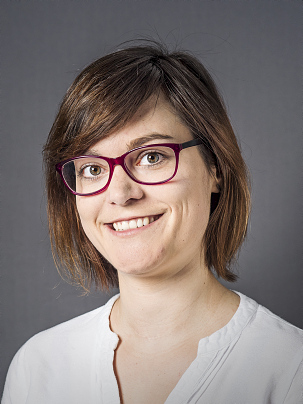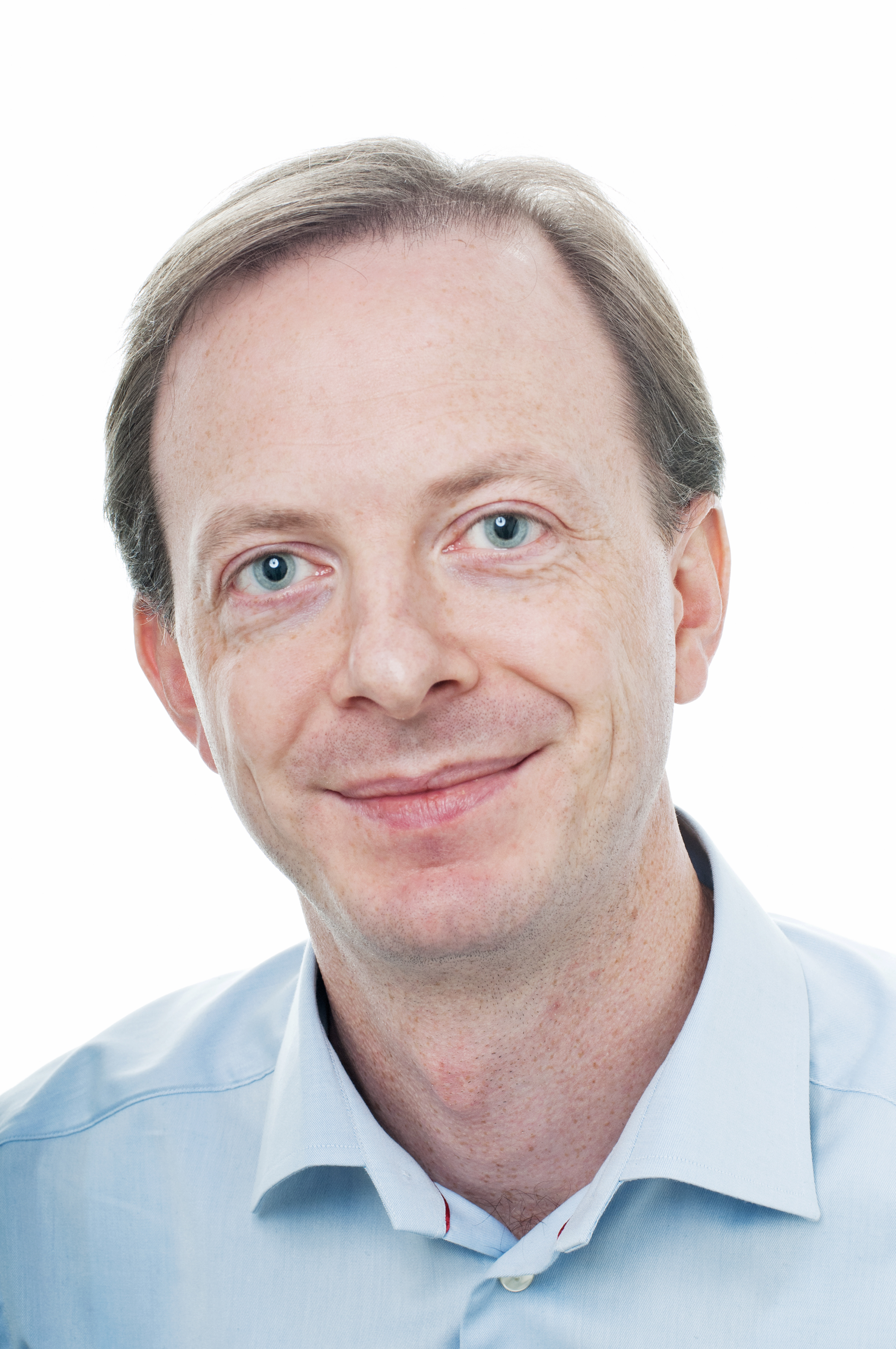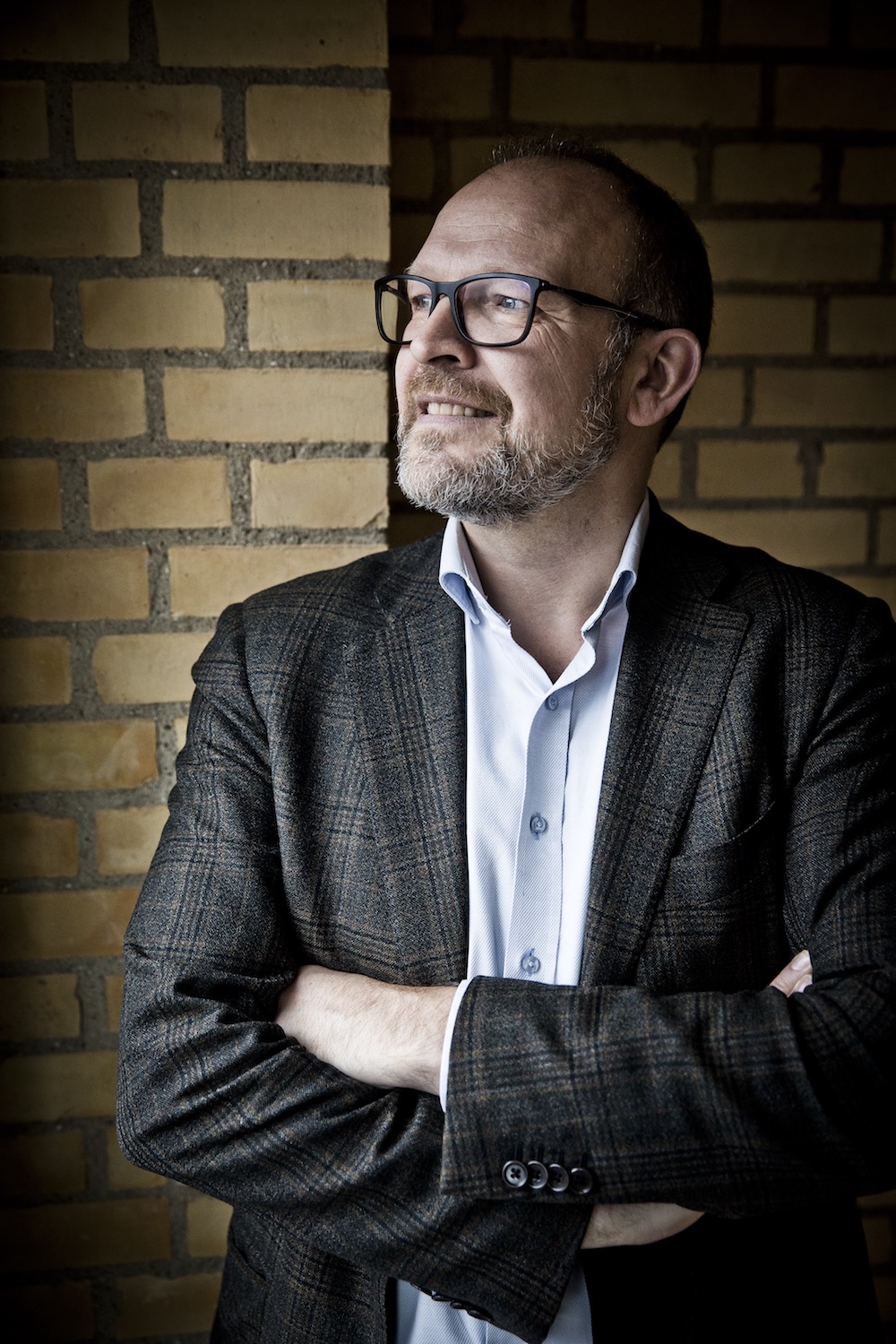Paula Lindner: Joint PhD student, DANDRITE and NCMM
Paula Lindner defended her PhD on 9 June 2020. Her PhD was a joint project between NCMM, Faculty of Medicine, University of Oslo, and DANDRITE (the Danish Research Institute of Translational Neuroscience, Aarhus), Aarhus University.



Dr Lindner was the Partnership’s first joint PhD student, and here she shares some insight into the project and how having two supervisors based at different centres benefited her. Her PhD was titled: “Role of endoplasmic reticulum Ca2+ depletion, the unfolded protein response, and autophagy in thapsigargin-induced cell death”
Can you tell me a bit more about your project?
My project focused on thapsigargin, a naturally occurring plant compound, which is also a specific inhibitor of the endoplasmic reticulum (ER) Ca2+ pump SERCA. It has gained a lot of interest in terms of cancer therapies because it disturbs intracellular Ca2+ homeostasis, which in turn affects essential cellular processes and eventually drives the cancer cells toward cell death.
Thapsigargin has been used as a mother compound for prodrugs designed for cancer therapy. The prodrugs are targeted to the tumour site as an effect of cleavage by cancer-specific proteases, which releases active thapsigargin analogues within the tumour environment.
The main goal of my project was to understand the cellular pathways connected to thapsigargin, especially in terms of cell death. We also looked at autophagy as a parallel pathway to this cell death. We found several novel connections and mechanisms that were previously unrecognized.
How did the project come to happen?
Before I started the project, my main DANDRITE supervisor, Poul Nissen, and my NCMM supervisor, Nikolai Engedal, had started a collaboration based on overlapping research interests in terms of thapsigargin and prodrug-relevant thapsigargin analogues. The collaboration sprung out from a talk that Nikolai presented at the 5th Nordic Molecular Medicine Network (NMMN) Meeting in Umeå, in August 2014. Later the same year, Nikolai visited DANDRITE and discussed the potential for a joint PhD student with Poul and his close collaborator, the biophysicist Jesper Vuust Møller. Luckily, Poul and Nikolai were able to obtain a PhD grant from the Lundbeck Foundation, which enabled me to start my PhD in the beginning of 2016. My PhD presented a great opportunity to extend the collaboration between the two centres and to have a more concrete project where both could contribute in terms of their different expertise and interests.
How did you find having two supervisors based at different Nordic EMBL Partnership nodes?
It worked really well for me. I had Nikolai, my NCMM supervisor, for my day-to-day contact so I could go to him with any questions or for support. Poul in Aarhus was then there to give valuable input on the general planning and management for the project and to make suggestions. Our first paper was also joint with Jesper Vuust Møller, who was my co-supervisor at Aarhus University. Everything about the project was very clear and defined and it was great to have Nikolai as my main day-to-day contact, and in addition being able to discuss and receive valuable inputs and advice from both Poul and Jesper.
What were the benefits of a joint PhD project?
I think it’s always good to have collaborations in general, so that was an important benefit. Not only did we have a close collaboration, but it also allowed for two different perspectives on the project. From NCMM we could give our perspective on the cell biology side (in vivo studies), and then we had DANDRITE’s perspective from the side of biophysics and structural biology (in vitro studies). In particular, the first paper (published in the Journal of Biological Chemistry) was a combination of all these aspects and I think that worked very well. Overall, the joint PhD significantly contributed to both broaden my horizons and learn more.
What are you working on now?
I’m now a product manager at Gentian Diagnostics, which is a company in Moss, Norway, that develops and manufactures in vitro diagnostic reagents for clinical chemistry analysers. I’m involved in the commercial side, so I have contact with marketing and sales and also work on the interface between customers and production and R&D. It’s lots of very different things but I enjoy it! I think my experience from the joint PhD has helped me cope with many different aspects simultaneously.
Dr. Nikolai Engedal, senior researcher and Paula Lindner’s PhD supervisor at NCMM shares his perspective on the joint PhD project:
How did the project work from your side at NCMM?
The collaboration with Poul Nissen in DANDRITE on a joint PhD for Paula worked excellently. We had a very good communication throughout, and the project progressed seamlessly. Poul was always supportive and generous. In addition, we were very lucky to have such an enthusiastic, hard-working and talented student as Paula.
How did having a joint PhD student benefit the project?
The collaboration was beneficial in that it allowed a more encompassing approach than we could have done alone. It allowed us to explore various analogues of thapsigargin that we otherwise would not have been able to study and, via Poul Nissen, the collaboration included the eminent biophysicist Jesper Vuust Møller (Aarhus University) as well as the chemist and pioneer in the field of thapsigargin and its analogues, Søren Brøgger Christensen (University of Copenhagen). This substantially strengthened the project and benefited everyone involved.
Complementing previous work from Nissen, Møller and Christensen on structural and biophysical/biochemical aspects, Paula’s PhD project has made important contributions towards understanding the cell biological effects of targeting the ER calcium pump SERCA with thapsigargin and therapeutically relevant analogues.
Poul Nissen, Director of DANDRITE and speaker for the Nordic EMBL Partnership, and Paula Lindner’s supervisor:
How was the PhD programme from your perspective?
This has been an excellent example of how the unique expertise and infrastructure at NCMM and DANDRITEhas combined to form an interdisciplinary program.
We are extremely grateful to Paula who made it all happen - this project will now live on for a long time!